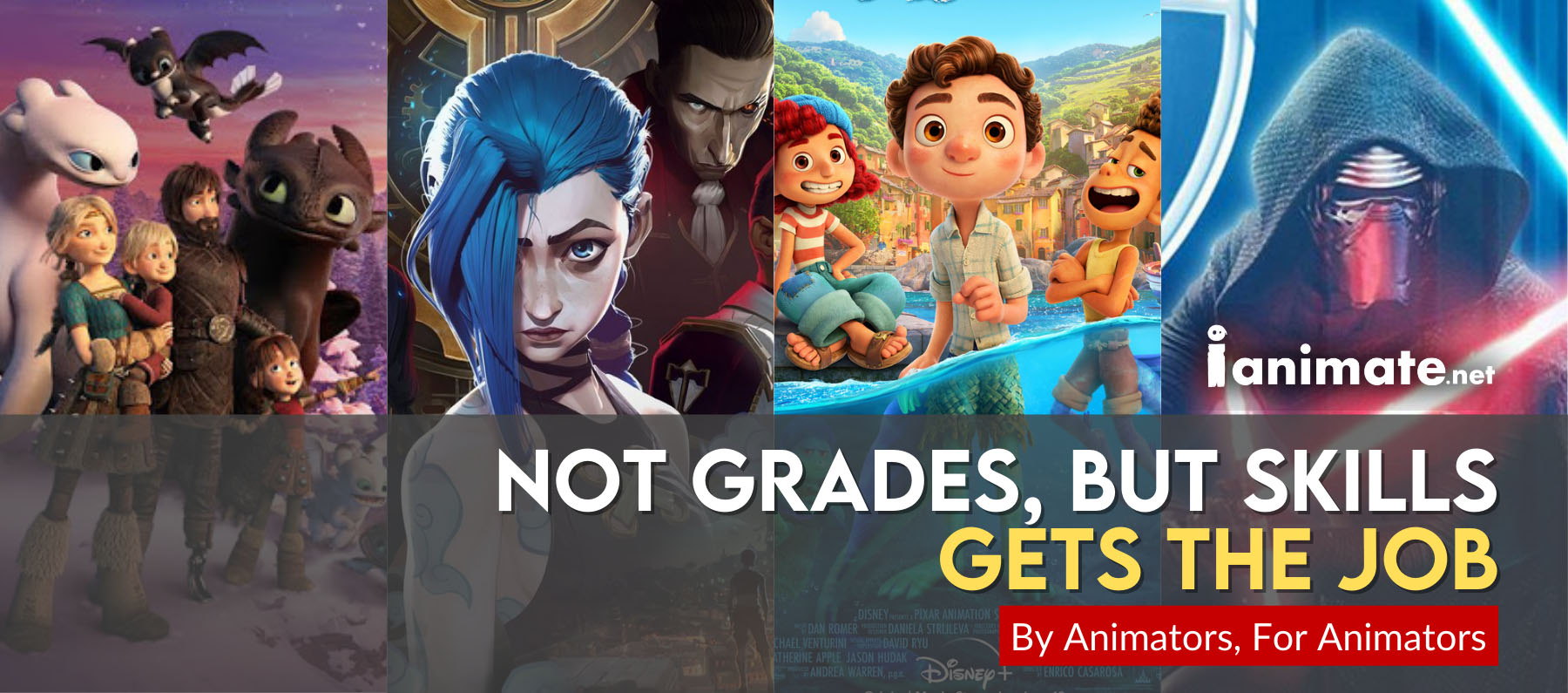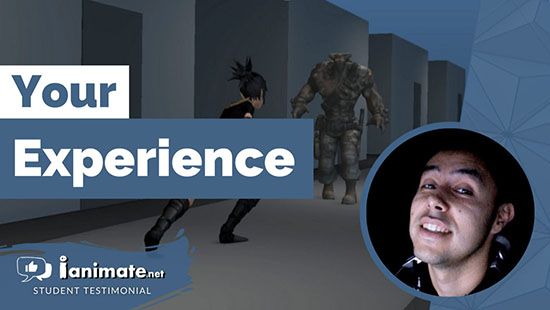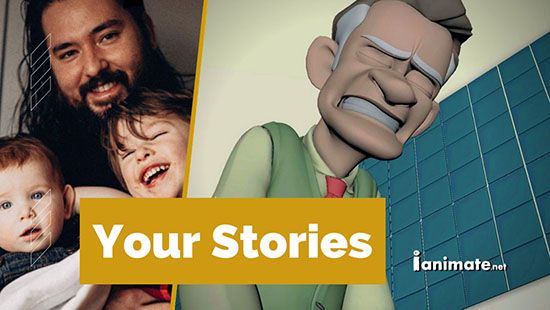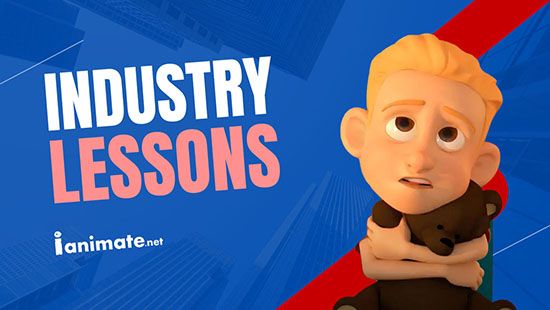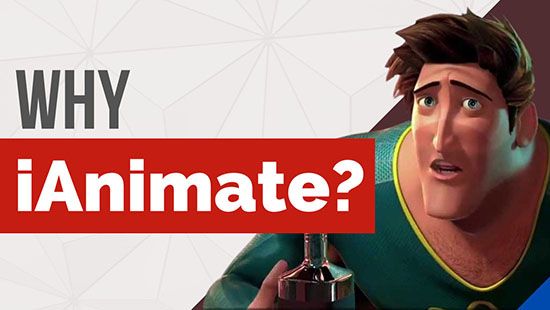Animation Process: 4 Essential Steps Before You Animate
Article by Richard Arroyo & iAnimate Team
Master the animation process with pro insights on preparation, storytelling, planning, and execution. Bring characters to life through tried-and-tested steps.
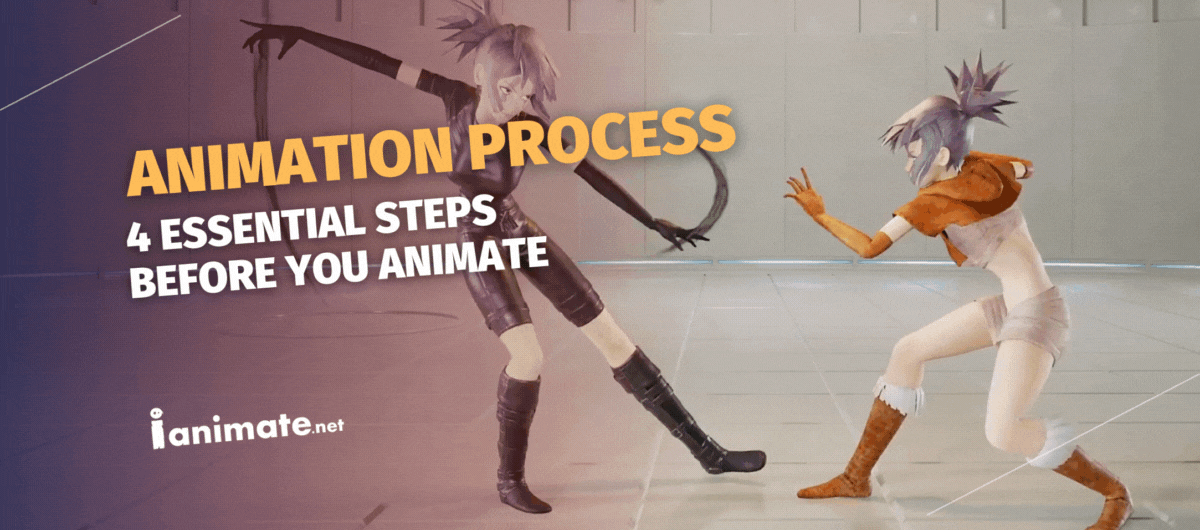
The animation process is both an art and a science that I've had the privilege of exploring throughout my career in the industry. After decades of working with talented artists and teaching animation, We've found that success lies not just in mastering the technical aspects, but in understanding how each phase builds upon the last to create something truly magical. From initial preparation through final rendering, it's this careful orchestration of creative and technical elements that transforms simple ideas into captivating animated stories.
1. Animation Preparation: Where Every Great Animation Process Begins
Hey there! Do you know that overwhelming feeling when starting a new animation project? Trust me, I've been there - staring at a blank screen, not knowing where to begin. Here's the thing about the animation process - it's like building a house. You wouldn't start with the roof, right?
First up, you need to do your homework. At iAnimate, we always tell our students to start with research - figure out what you're trying to say and who you're saying it to. It's like being a detective, but instead of solving crimes, you're solving creative puzzles.
Let me break down what really matters:
Research Basics
- Watch similar animations (yeah, "research" can mean binge-watching animation - how cool is that?)
- Scope out your competition (what works, what doesn't)
- Find your unique angle
Script Time
- Think of it as your animation's GPS
- Keep it simple - if you can't explain it to a kid, it's probably too complex
- Focus on one main idea per scene
Character Deep Dive
- Give your characters real problems and quirks
- Think about how they'd react in everyday situations
- Remember: even villains think they're the heroes of their own story
Know Your Viewers
- Picture your audience as real people (not just numbers)
- What would make them laugh, cry, or share your work?
- What problems are you solving for them?
I remember working on a project where we spent three weeks just developing a character's walk cycle - only to realize we hadn't thought about why they were walking in the first place! That's when it hit me: preparation isn't just about ticking boxes; it's about understanding the story you're trying to tell.
The beauty of animation preparation is that it's like cooking - the more time you spend prepping your ingredients, the smoother the actual cooking goes. And trust me, nothing beats the feeling of starting your animation with a solid foundation.
2. Storytelling: The Secret Sauce in Your Animation Process
Ever watched an animation that left you feeling... nothing? That's what happens when we skip the heart of the story. Let me share something funny - my first animation was technically perfect but had all the emotional impact of a potato. Why? Because I was so focused on making it look good, I forgot about making people feel something!
Here's how we break it down at iAnimate:
Making People Feel Things
- Create moments that hit home (like that scene where the robot learns to love - gets me every time!)
- Time your emotional beats like a drummer
- Leave room for quiet moments - they pack a punch
Building Characters That Matter
- Give them flaws (perfect characters are boring characters)
- Create habits and quirks that feel real
- Let them fail sometimes (who doesn't love a good mess-up?)
Telling Stories With Pictures
- Use colors that match the mood (blue for sad, warm colors for happy - you get it)
- Let the background tell part of the story
- Make every movement count
Here's a little secret from my years in the animation process: sometimes the smallest gestures tell the biggest stories. A slight head tilt, a tiny smile, or even just the way a character stands can say more than a page of dialogue.
Think about your favorite animated movie - I bet you remember how it made you feel before you remember how it looked. That's the power of good storytelling in animation!
Pro Tip: Before you animate anything, ask yourself: "Would this story work if I told it around a campfire?" If the answer is yes, you're on the right track!
Remember, in the animation process, style grabs attention, but the story keeps it. At iAnimate, we're big believers in making every frame count - not just for looking pretty, but for pulling those heartstrings too.
3. Animation Plan: Mapping Your Animation Process Like a Pro
Ever tried to build IKEA furniture without instructions? That's what jumping into animation without a plan feels like! Speaking of plans gone wrong, I once started animating a scene only to realize halfway through that my character needed to be facing the opposite direction.
Talk about a face-palm moment! Let's break down how to avoid those "oops" moments in your animation process:
Storyboard Magic
- Think of it as your animation's comic book
- Rough sketches are fine (stick figures are welcome!)
- Focus on camera angles and key poses
- Pro tip: If you can't tell what's happening in your storyboard, neither will anyone else
Getting Your Art Together
- Design characters that are fun to animate (your future self will thank you)
- Create backgrounds that help tell the story
- Keep your style consistent (mixing styles is like wearing socks with sandals - sometimes it works, but usually... not so much)
Calling the Shots
- Set clear deadlines (but be realistic - Rome wasn't animated in a day)
- Break big tasks into bite-sized chunks
- Keep track of your progress (I use sticky notes - old school, but it works!)
Voice Magic Planning
- Match voices to character personalities
- Record temp tracks for timing (yes, that means hearing your own voice - embrace the cringe!)
- Plan for lip-sync early (trust me, it's no fun realizing you need this later)
At iAnimate, we've seen how a solid plan can turn a good animation into a great one. Think of it like cooking - you want all your ingredients ready before you start throwing things in the pan!
Quick Reality Check: Your first plan probably won't be perfect, and that's okay! The animation process is flexible - just make sure you have a roadmap before you start the journey.
4. Animation: The Grand Finale of Your Animation Process
You know that feeling when you've got all your plans ready, and now it's time to actually... animate? Yeah, this is where the rubber meets the road! At iAnimate, I always say this stage is like being a conductor - you're bringing all the pieces together for one awesome show.
Making It Move
- Start with rough poses (it's like sketching with movement)
- Focus on timing first, polish later
- Remember: animation is like dancing - it needs rhythm!
- Take breaks (your eyes and wrists will thank you)
Adding the Sound Magic
- Layer sounds like you're building a sandwich
- Match movement to music beats
- Add those tiny details (like footsteps and cloth rustles)
- Don't forget about silence - sometimes it's the best sound!
Wrapping It All Up
- Double-check everything (I once forgot to render the final frame - oops!)
- Test on different devices
- Keep backup files (seriously, LOTS of backups)
- Export in the right format (nobody likes a fuzzy animation)
Fun fact: In my early days, I once spent three hours animating a beautiful scene, only to realize I forgot to hit save. Now I'm practically married to the save button! Here's a pro tip from the animation process trenches: When you think you're done, take a break, come back with fresh eyes, and then look at it again. It's amazing what you might spot!
Remember, at this stage, it's tempting to rush to the finish line. But just like a good meal, sometimes you need to let things simmer to get the best results. Quick warning: Don't get stuck in the "just one more tweak" loop. As we say at iAnimate, sometimes done is better than perfect!
FAQs (Frequently Asked Questions)
Q1: How long does a typical animation process take from start to finish?
A: The timeline varies depending on complexity, but generally, a 1-minute professional animation takes 4-6 weeks. The breakdown is usually: 1 week for preparation, 1 week for storytelling and planning, 2-3 weeks for animation execution, and 1 week for sound and final touches. Remember: good animation takes time - rushing usually leads to redoing work.
Q2: What's the most important step in the animation process?
A: Animation preparation is the most crucial step. Just like building a house, a solid foundation prevents problems later. This includes research, script development, and character understanding. At iAnimate, we've found that projects with thorough preparation are 3 times more likely to succeed and require fewer revisions.
Q3: Do I need expensive software to start the animation process?
A: No! While professional software helps, the core of animation is about understanding movement, timing, and storytelling. Start with free tools like Blender or Krita to learn the fundamentals. Focus on mastering the principles first - you can upgrade your tools as you grow.
Q4: How do I know if my story is strong enough before starting animation?
A: Test your story by telling it in one sentence. If you can't, it needs work. Share it with others and watch their reactions. Does it make them curious? Emotional? If they're asking questions about what happens next, you're on the right track.
Q5: What's the biggest mistake beginners make in the animation process
A: The biggest mistake is jumping straight into animation without proper planning. Many beginners get excited and start animating immediately, only to realize halfway through that their character's actions don't make sense for the story. Always start with a solid plan and storyboard.
